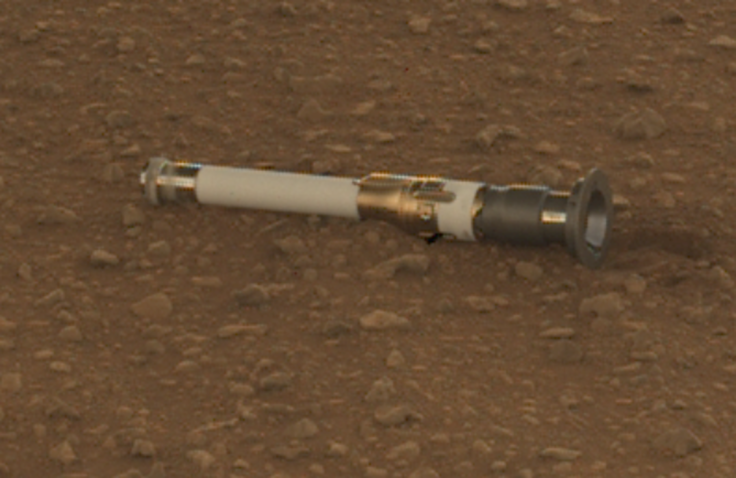NASA's Perseverance rover just took another significant step forward towards getting Mars samples back to Earth after it deposited the titanium tube containing a rock sample on the Red Planet's surface.
On Wednesday, December 21, the rover deposited its first rock-filled tube on the Martian surface, according to Digital Trends. It will be collected by a future mission.

Perseverance Will Continue Depositing Titanium Tubes in the Next Two Months
According to NASA JPL, for the next two months, Perseverance will continue depositing a total of 10 titanium tubes containing rock samples at the location, called "Three Forks." This is part of building the first sample depot on the Red Planet.
The creation of the depot marks a huge step forward in the Mars Sample Return campaign. What took place last Wednesday is a key moment in the search for life on the Red Planet, according to NASA officials.
Since Perseverance arrived on Mars in February 2021, the rover has been collecting rock samples on the planet that would be sent back to Earth through a later mission.
The rover has been taking duplicate rock samples from targets selected by the mission. Currently, it has the other 17 samples, which include one atmospheric sample.
Based on the plan of the Mars Sample Return campaign, the rover would be delivering samples to a future robotic lander.
In turn, the lander would use a robotic arm to put the samples in a containment capsule. To bring the samples back to Earth, the containment capsule would be taken by a small rocket that would blast off to Mars orbit.
Once it is in Mars orbit, another spacecraft would capture the containment capsule. The spacecraft would return it safely to Earth.
Read Also: NASA's InSight Lander Transmits Potential Final Image from Mars
Dropping of Rock Sample is "One Small Drop for Humankind," Says NASA JPL
The sample depot at Three Forks serves as a backup in case Perseverance will not be able to deliver its samples.
In case the rover fails to deliver the rock samples, there will be a pair of Sample Recovery Helicopters that would finish the job.
The first sample dropped at the Martian surface was a chalk-size core of igneous rock. It is informally named "Malay." The sample was collected on January 31 of this year in a region of the planet's Jezero Crater called "South Séítah."
It took almost an hour for Perseverance's complex Sampling and Caching System to retrieve the titanium tube from inside its belly.
Using the internal CacheCam, it was viewed one last time. Afterward, the sample was dropped roughly three feet (89 centimeters) onto a carefully selected area of the Martian surface.
According to Digital Trends, NASA's Jet Propulsion Laboratory, the agency overseeing the rover mission, referred to it as "one small drop for humankind."
Once the samples reached Earth, they will undergo a detailed analysis to help scientists learn more about how Mars evolved.
Moreover, the analysis would hopefully confirm whether or not microbial life ever existed on the planet.
According to Rick Welch, Perseverance's deputy project manager at JPL, seeing the first sample on the Martian surface is a great capstone to the agency's prime mission period, which ends on January 6.
Related Article: NASA Mars Perseverance Rover Successfully Gathers First Dirt Samples









